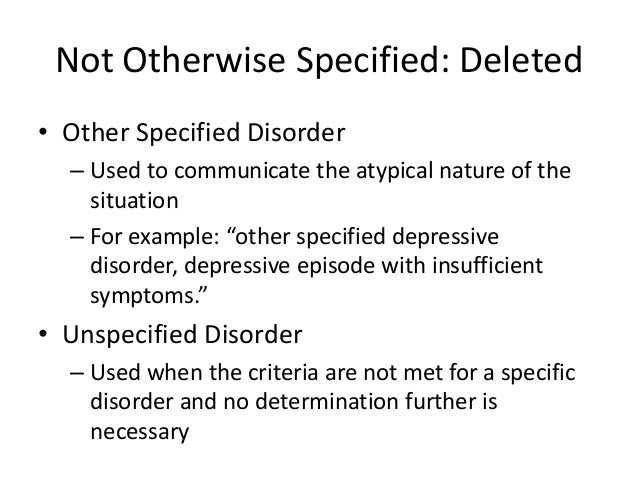

Many people may experience a difficult time in response to a stressful life event. The difference between adjustment disorder and other mental disorders lies in the impact it takes on one’s daily activities, with a true associated stressor for the cause.

These stressors can include but are not limited to death, medical diagnoses, marital discord, unexpected life events, finances, sexuality discoveries, family problems, and the list goes on. The type of stressor may vary in significance for children and adolescents versus adults. The DSM 5 criteria describes adjustment disorder as a development of emotional or behavioral symptoms in response to an identifiable stressor within three months of onset. What is Adjustment Disorder?Īdjustment disorder falls into the wide categorical spectrum of anxiety and depressive disorders. It is important for the clinician to recognize the symptoms and diagnosing criteria of adjustment disorder in order to properly treat the patient with swiftness. If not addressed appropriately, adjustment disorder can lead to worsening of other psychiatric disorders, substance abuse, and even suicide.

Adjustment disorder is a common condition, with 5-20 percent of individuals being treated for this as their sole diagnosis in an outpatient care setting. This negative reaction is also known as adjustment disorder. Stressful events are bound to exist and appear within an individual’s lifetime, however the reaction to the event may be deemed inappropriate due to the negativity that results from it in one’s daily living.


 0 kommentar(er)
0 kommentar(er)
